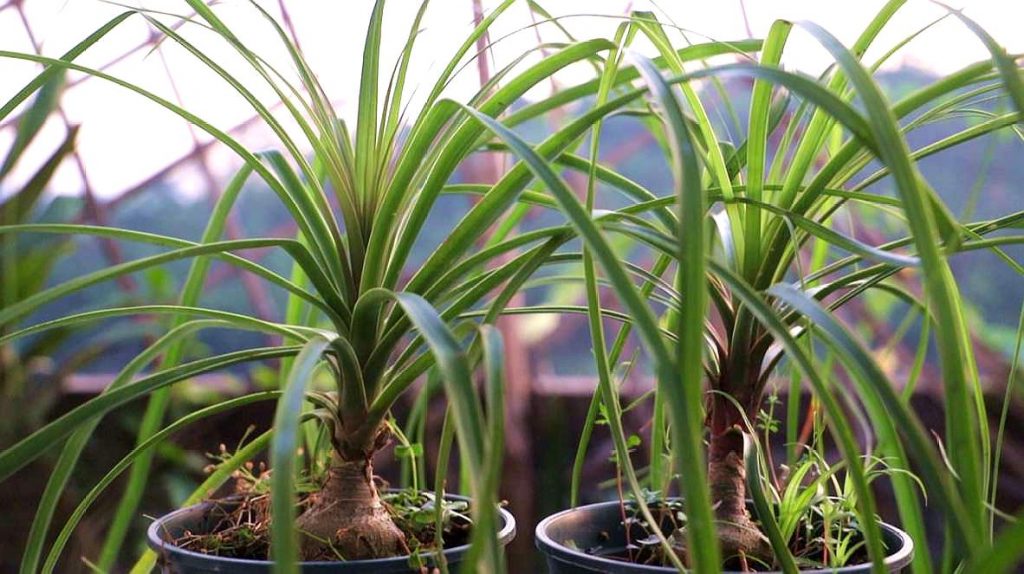Beaucarnea Recurvata seed

Although known as the Pony Tail Palm, it is not related to the palms at all, being more closely related to such plants as the Agave. It is an evergreen perennial plant growing up to 5 metres tall, with a thickened stem, especially at the base, which makes it look like a bottle. From the top of each stem there is a tufted rosette of leaves. When the plant reaches 9 or 10 years old, it will produce spikes of white flowers.
It is hardy down to -5 Deg C, but is mostly grown as a houseplant. It is slow growing but very tolerant of neglect, making it ideal for many locations.
Beaucarnea recurvata, also named Nolina recurvata, the Ponytail Palm and Elephant Foot, is native to Mexico in semi-desertic areas.
Beacarneas are closely related to Yuccas and thrive under the same conditions. This plant is suitable for growing indoors.
The plant usually has only one stem until it reaches 8 feet tall. Plants in nature will reach about 15-20 feet in height with a base about 12 feet across.
The Ponytail Palm is a very unique looking tree.
It features a large, wrinkled, swollen base, very thin, long, 1 inch wide by 6 foot long, dark green grass-like leaves emerging at the top of the trunk.
The swollen trunk stores water, which means that it doesn’t need to be watered often.
The small creamy white flowers are produced only on older trees, in mid-Summer.
Although they are small, they come in large quantities and form a showy display. Hardiness zones 9-11, (-5°C/25°F, 5°C/40°F) in Winter.
Older plants survive lower temperatures.
Beaucarnea recurvata need full sun to light shade. Use a mix with good drainage, for instance a good cactus mix.
They are very drought tolerant. Water every 3 weeks during the growing season and fertilize it only once during this period.
When the plant is in pot, water very sparingly in Winter to prevent rot.
During the Winter months, water only enough to keep the foliage from wilting.
Over-watering is the single most frequent cause of failure when growing Beaucarneas.
